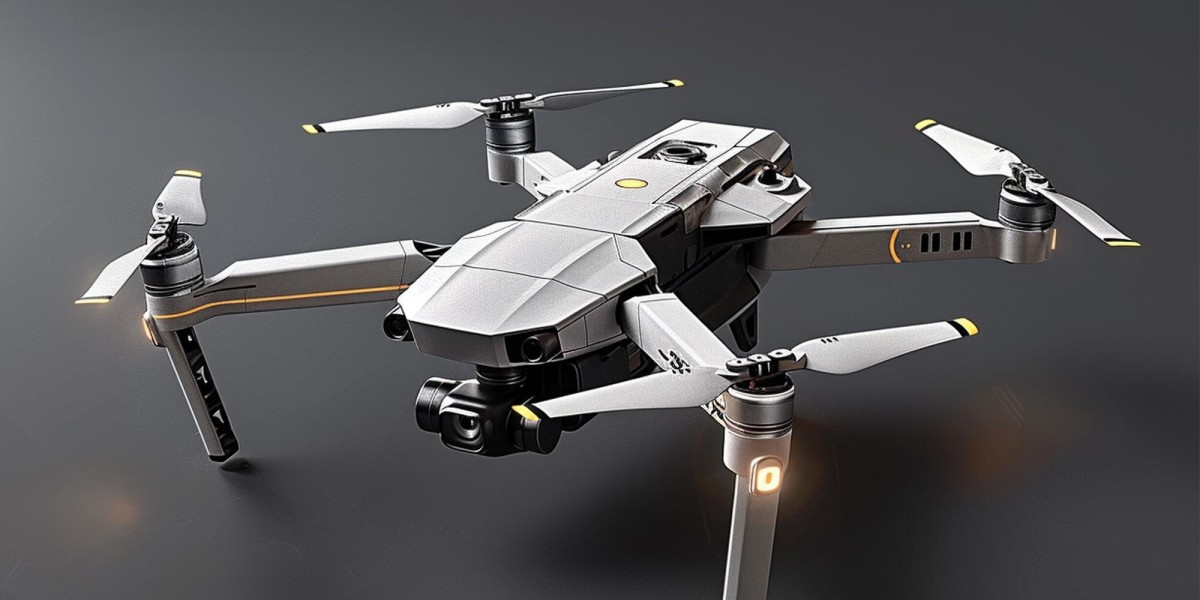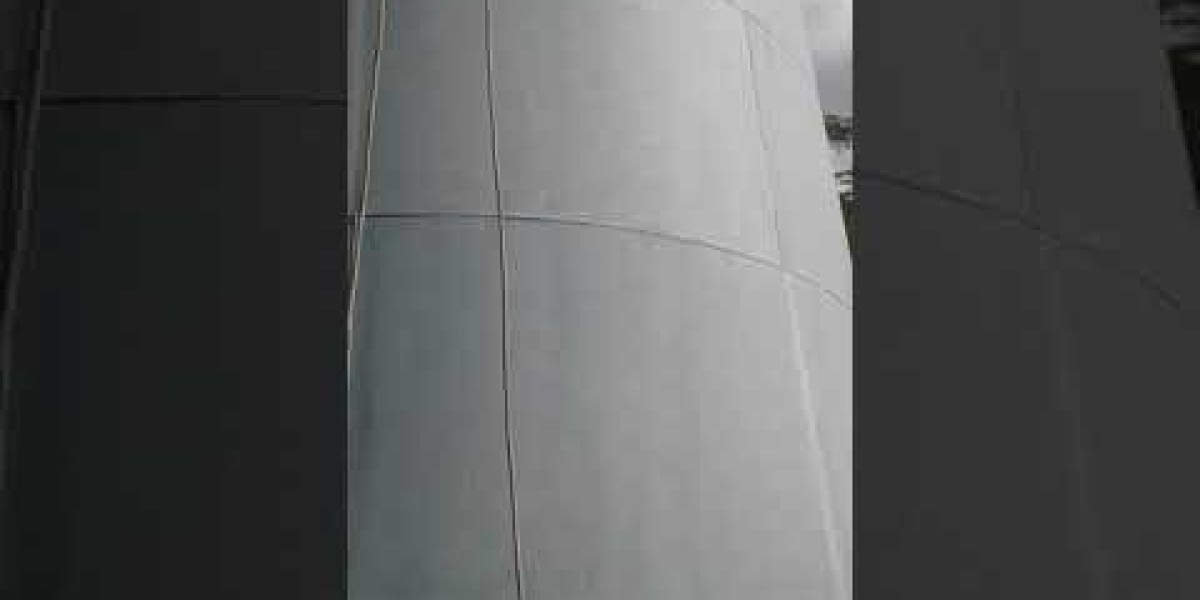In recent years, camera drones have revolutionized the way we capture images and videos, offering breathtaking aerial perspectives that were once only possible with expensive helicopters or specialized equipment. Whether you're a professional photographer, a hobbyist, or someone looking to document life’s special moments, camera drones can elevate your creative potential to new heights. In this comprehensive guide, we will explore the ins and outs of camera drones, including their benefits, types, features to consider, and tips for capturing stunning aerial shots.
What Are Camera Drones?
Camera drones, also known as aerial drones or UAVs (Unmanned Aerial Vehicles), are remote-controlled flying devices equipped with cameras. They range from small consumer models to larger, professional-grade units. Equipped with advanced stabilization technology, GPS, and high-resolution cameras, these drones can capture stunning aerial footage, making them invaluable tools for photography, videography, and even surveying.
Benefits of Using Camera Drones
1. Unique Perspectives
One of the most compelling reasons to use camera drones is the unique perspectives they offer. Aerial shots can reveal the beauty of landscapes, architecture, and events in ways that ground-level photography simply cannot. This capability can be particularly beneficial for real estate photography, wedding videography, and nature documentaries.
2. Accessibility
Camera drones allow users to access hard-to-reach locations. Whether you're looking to shoot over a mountain range, capture the coastline, or film a bustling cityscape, drones can easily fly to places that might be challenging for traditional photography methods.
3. Cost-Effectiveness
While high-quality aerial photography has historically required expensive equipment and hiring a helicopter, camera drones provide a cost-effective alternative. With a decent camera drone, you can achieve professional-quality results without breaking the bank.
4. Ease of Use
Many modern camera drones come with user-friendly interfaces, making them accessible even for beginners. Features such as one-touch takeoff and landing, pre-programmed flight paths, and intuitive controls mean that you can focus more on capturing great footage and less on flying.
Types of Camera Drones
When it comes to camera drones, they can generally be categorized into three main types:
1. Consumer Drones
These are lightweight, affordable drones designed for hobbyists and casual users. They often come with built-in cameras, making them ideal for capturing everyday moments and amateur photography. Popular models include the DJI Mini series and the Parrot Anafi.
2. Prosumer Drones
Prosumer drones bridge the gap between consumer and professional models. They typically offer higher-quality cameras and more advanced features, making them suitable for serious enthusiasts and semi-professional photographers. Examples include the DJI Mavic Air and the Autel Robotics EVO series.
3. Professional Drones
Designed for commercial use, professional drones are equipped with top-of-the-line cameras and extensive features for advanced users. They can be used for film production, surveying, and even agricultural monitoring. Notable models include the DJI Inspire series and the Freefly Alta.
Key Features to Consider
When choosing a camera drone, it's essential to consider several features that can impact your flying and shooting experience:
1. Camera Quality
Look for drones with high-resolution cameras capable of capturing 4K video and high-quality stills. Sensor size, aperture, and stabilization features like gimbals are also important for producing clear and smooth footage.
2. Flight Time
The flight time of a drone typically ranges from 20 to 40 minutes, depending on the model and battery capacity. Consider how long you need to shoot and whether additional batteries are an option for extended sessions.
3. Range
Drones have varying operational ranges, usually from a few hundred meters to several kilometers. Ensure the range meets your needs, especially if you plan to shoot in expansive locations.
4. GPS and Stabilization
GPS helps in navigation and positioning, while stabilization technology ensures smooth footage. Drones with multiple GPS satellites and advanced stabilization systems, like gimbals, will provide better performance.
5. Ease of Use
For beginners, drones with features like obstacle avoidance, automatic return-to-home, and easy control interfaces can simplify the flying experience and make it safer.
Tips for Capturing Stunning Aerial Shots
Now that you have a grasp on the basics of camera drones, here are some tips to enhance your aerial photography:
1. Plan Your Shots
Before taking off, plan your shots. Identify key locations, consider the time of day for the best lighting, and think about the composition. Tools like Google Maps can help you scout locations from the ground.
2. Use the Right Settings
Familiarize yourself with your drone's camera settings. Adjust the exposure, ISO, and white balance according to the environment. Shooting in RAW format can provide more flexibility during post-processing.
3. Experiment with Angles and Heights
Don’t be afraid to explore different angles and heights. Flying higher can capture vast landscapes, while lower altitudes can reveal details and textures that might otherwise be missed.
4. Utilize Golden Hour
The golden hour—shortly after sunrise or before sunset—offers soft, warm lighting that can enhance your photographs dramatically. Take advantage of this natural light for stunning visuals.
5. Be Mindful of Regulations
Always check local regulations regarding drone use, including no-fly zones and altitude limits. Following the rules not only ensures safety but also helps you avoid potential fines.
6. Practice Makes Perfect
Like any skill, mastering aerial photography takes practice. Spend time flying your drone, experimenting with different settings, and learning how to control it in various conditions.
The Future of Camera Drones
As technology continues to advance, the future of camera drones looks bright. We can expect enhancements in battery life, camera capabilities, and automation features. Innovations like AI-powered image processing and obstacle avoidance will make drones even easier to use, while developments in materials and design will lead to lighter and more durable models.
Camera Drones
Camera drones have opened up a world of possibilities for photographers and videographers alike. With their ability to capture stunning aerial footage, ease of use, and cost-effectiveness, they are quickly becoming an essential tool in the creative toolkit. Whether you're documenting your travels, producing a short film, or capturing precious family moments, a camera drone can take your photography to new heights.
As you embark on your aerial photography journey, remember to plan your shots, familiarize yourself with your drone, and enjoy the unique perspectives it offers. The sky is the limit—quite literally—so grab your drone and start exploring the world from above!
Naijamatta is a social networking site,
download Naijamatta from Google play store or visit www.naijamatta.com to register. You can post, comment, do voice and video call, join and open group, go live etc. Join Naijamatta family, the Green app.
Click To Download

